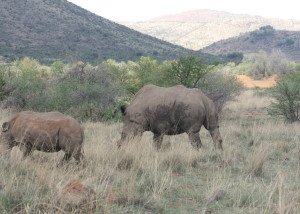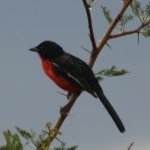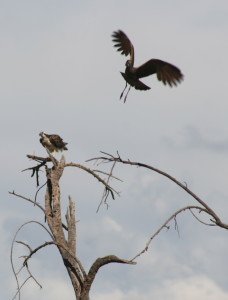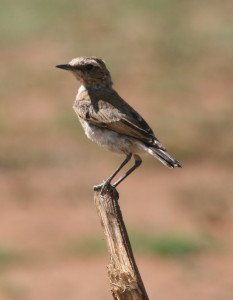Aussies win on Gabba pitch that was as much of a minefield as SA’s potholed roads are for cars 0
Australia won the first Test against the Proteas by six wickets on Sunday on a Gabba pitch that was as much of a minefield for batsmen as South Africa’s potholed roads are for cars.
Australia were left with a target of just 34 after yet another Proteas batting collapse saw them shot out for just 99 in 37.4 overs in their second innings on Sunday.
But the vicious nature of the green, seaming Gabba pitch meant even the powerful home batting line-up had a tough time and Australia lost four wickets in getting to their meagre target.
Kagiso Rabada took all four wickets to fall as he reduced Australia to 24 for four. Key batsman David Warner (3) failed to fix his batting woes as he was caught by a diving Sarel Erwee in the slips, and Rabada then had Steven Smith (6) and Travis Head (0) caught behind in the same over.
A spiteful pitch that offered considerable movement as well as inconsistent bounce, often steep, ruined the Test match, which was completed in 144.3 overs and less than two days. It is the second-shortest Test match since 1932, only India’s 10-wicket win over England in Ahmedabad in 2021 being shorter.
Nineteen of Australia’s 35 second-innings runs came from bouncers that cleared the wicketkeeper, as Rabada finished with four for 13 in four overs.
As difficult as the conditions were though, South Africa’s batting is clearly lacking in steel.
Having done well with the ball to bowl Australia out for 218 in their first innings in the early hours of Sunday morning and restrict their lead to 66, the Proteas folded again with the bat. Their second innings started five overs before lunch and South Africa were already in trouble by the break as they crashed to 3 for two, Dean Elgar being trapped lbw for 2 by Pat Cummins and Rassie van der Dussen being bowled for a duck by a snorter from Mitchell Starc, angling across the right-hander and then seaming back through the gate.
Sarel Erwee (3) was heading back to the changeroom three overs after lunch as Cameron Green took another superb catch in the gully, the left-handed Erwee not being able to withdraw his bat in time from a Cummins lifter.
From a parlous 5 for three, Temba Bavuma and Khaya Zondo did their best to rescue the South African innings as they added 42 for the fourth wicket. Despite the desperate situation, the pair tried to be positive and took whatever scoring chances they could.
The introduction of Nathan Lyon brought the breakthrough though as the off-spinner trapped Bavuma lbw, a big-turning delivery also keeping low to catch the batsman on the back foot. Bavuma had again batted stoutly, scoring 29.
Scott Boland’s accurate seam bowling, targeting the top of off-stump, then removed Kyle Verreynne and Marco Jansen for ducks in the next over as South Africa crashed to 49 for six.
Zondo stuck around to the end of the innings, scoring a defiant 36 not out, while Cummins ended with five for 42 in 12.4 overs.
South Africa had appeared to have bowled themselves back into the match when they reduced Australia from 181 for five to 218 all out.
The Proteas had actually started the day poorly with the ball, Australia resuming on 145 for five and adding 36 runs in the first six overs.
But left-armer Jansen then entered the attack and had Green (18) caught in the slips, Erwee snaffling a rebound, and, two balls later, had Travis Head caught behind.
Head had moved smoothly to 92 off 96 balls and his brilliant innings was as much of a hammer blow to the Proteas as the Australian bowling.
Rabada (17.3-1-76-4) then wrapped up the tail with the help of Lungi Ngidi, who took a superb return catch to dismiss Starc for 14.
South Africa would have been optimistic about fighting their way back into the match with the bat, but sports’ wonderful ability to provide drama once again came to the fore, helped by some soft moments by the Proteas batsmen.





![IMG_2733[1]](http://kenborland.com/wp-content/uploads/2018/06/IMG_27331-300x200.jpg)
![IMG_2734[1]](http://kenborland.com/wp-content/uploads/2018/06/IMG_27341-e1532094509404-300x181.jpg)